Warming oceans affect food availability for birds and as a result, seabirds are dying off rapidly around the globe. This year Little Penguins have been washing up along the shores of New Zealand by the thousands. Autopsies have revealed that the birds starved to death because they couldn’t get the prey they depend on in the warmer ocean waters.
Witnessing Extinction
By Casey Tucker, American Avian Conservation & Research Institute and Adjunct Instructor, Otterbein University In August of 2016 I had the good fortune to visit Machias Seal Island off the coast of northern Maine to watch Atlantic Puffins. What I encountered was sad and scary. Adult puffins were few and far between. Those that were present were working hard to feed their chicks, and the calls of abandoned, starving chicks could be heard coming from their burrows. That summer 90% of the chicks died due to starvation because parents couldn’t find enough food in the warming waters. Sadness is looking into the eyes of a starving puffling and realizing that you’re witnessing extinction. We’ve all heard the tales of how millions or billions of Passenger Pigeons went extinct in the early 20th century as Martha sat alone in a cage in the Cincinnati Zoo, but what we rarely hear about is what did the beginning of the end look like? What was it like when they first started declining? Did people start noticing the silence in forests that were once seasonally cacophonous with pigeon cooing and flapping wings? We are going to be witnessing this kind of mass extinction sooner than we realize, particularly among our seabirds.
Puffins off of the Maine coast recovered in 2014, but the story was much different for Northern Gannets nesting further north in Newfoundland. That summer gannets were abandoning their nests in record numbers and chicks were starving to death in a mass die-off. Warmer waters in the North Atlantic meant that the birds once again found difficulty in finding food to feed their young and themselves, so they had to make the ultimate sacrifice to save themselves, so they could breed again in the future, and abandon their chicks that summer.
Sadly, 2015 brought the same mass die-off of gannets in the North Atlantic due to lack of food, and in the summer of 2017 gannets were further stressed by a toxic algal bloom which resulted in dead gannets washing up on shores between southern Maine and Massachusetts. This algal bloom was the result of warm waters as well.
In 2014 9,000 dead Cassin’s Auklets washed up on the shores between British Columbia and California due to a mass of warm water that prevented deep sea up-wellings that bring nutrients to the ocean surface. As a result the Auklets starved to death because of a lack of nutrients. Those that survived had switched to a less nutritious food source, and were hunting in a smaller area than they normally would.
We have it in our ability to help alter this situation so that within the next decade more seabirds don’t go the way of the Great Auk. We can no longer sit back and block green energy solutions. We need real solutions now because as seabirds go so too will other species, like warblers, and these numbers are much greater than the handful of birds, by comparison, that may be impacted by wind turbines or other forms of green energy. Additionally, new technologies, like early detection systems, are being developed to make green energy technology more bird safe. We can, through technology and science, make green energy safer for birds, but we can’t wait until these things are perfect and result in no bird deaths. We must take action now because we can’t change ocean temperatures through technology.
Try looking into the eyes of a starving puffling and see if you don’t feel the same need to take action now and support green energy development, so that we don’t have to explain to future generations how we let Atlantic Puffins go extinct in our lifetime.
Make A Donation to Western Cuyahoga Audubon. Your gifts guarantee chapter activities, programs and research continues to reach members and connect birding conservationists around the world. Use our safe and secure PayPal payment button below to make a donation of any amount you choose. All donations are gratefully received.
Comments
|
Policy BlogPublishing news and information pertaining to policy issues affecting birds and habitat conservation. WATCH "A New Twist for Wind Energy Plan for Lake Erie?" By Kevin Cronin, Attorney at Law
WATCH "Plastics Pollution in Cuyahoga Cty and OH" By Fran Mentch, NEO Sierra Club.
PetitionsArticlesOrgsTopicsArchives
April 2023
Categories
All
|
EDUCATENews Blog
Monthly Speakers Field Reports Bird Walk Reports Christmas Bird Count-Lakewood Circle Media Library Newsletter Archive Education Resources STORE |
Western Cuyahoga Audubon Society
4310 Bush Avenue Cleveland, Ohio 44109 [email protected] Western Cuyahoga Audubon Society is a 501(c)(3) nonprofit organization. Your donation is tax-deductible. The tax ID number is: 34-1522665. If you prefer to mail your donation, please send your check to: Nancy Howell, Western Cuyahoga Audubon Treasurer, 19340 Fowles Rd, Middleburg Hts, OH 44130. © 2020 Western Cuyahoga Audubon Society. All rights reserved. Privacy Policy | Terms of Use | Legal | Store Shipping Rates | Site Map |

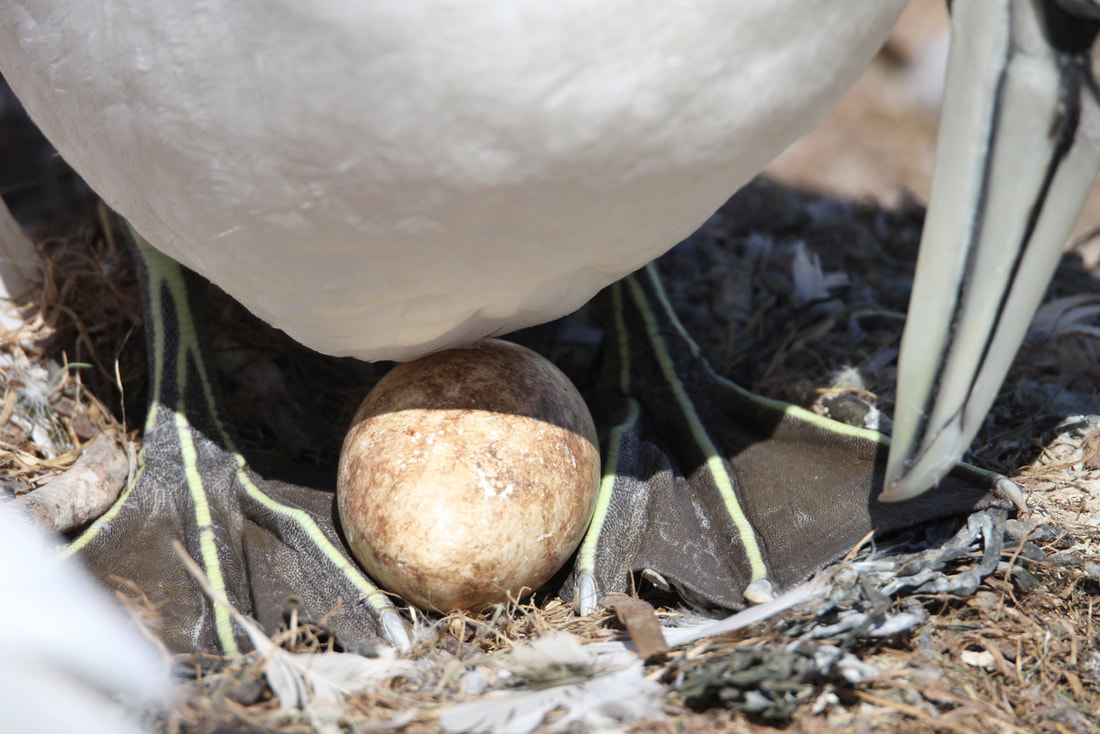
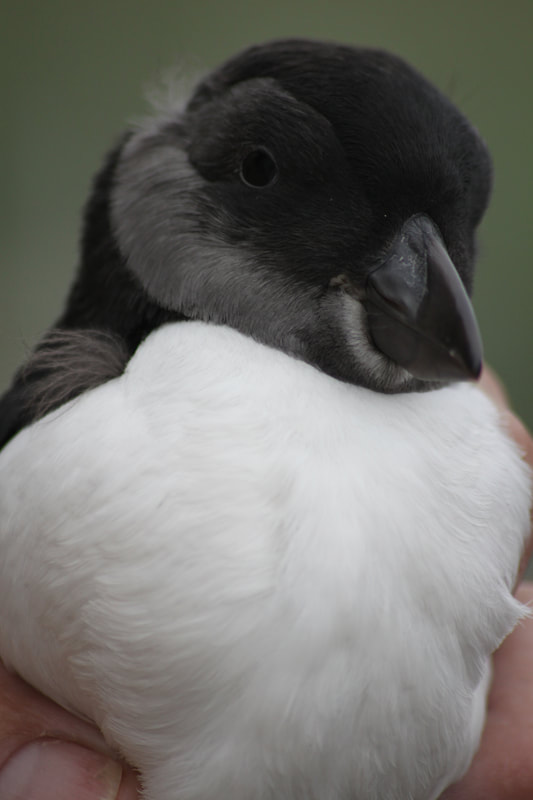
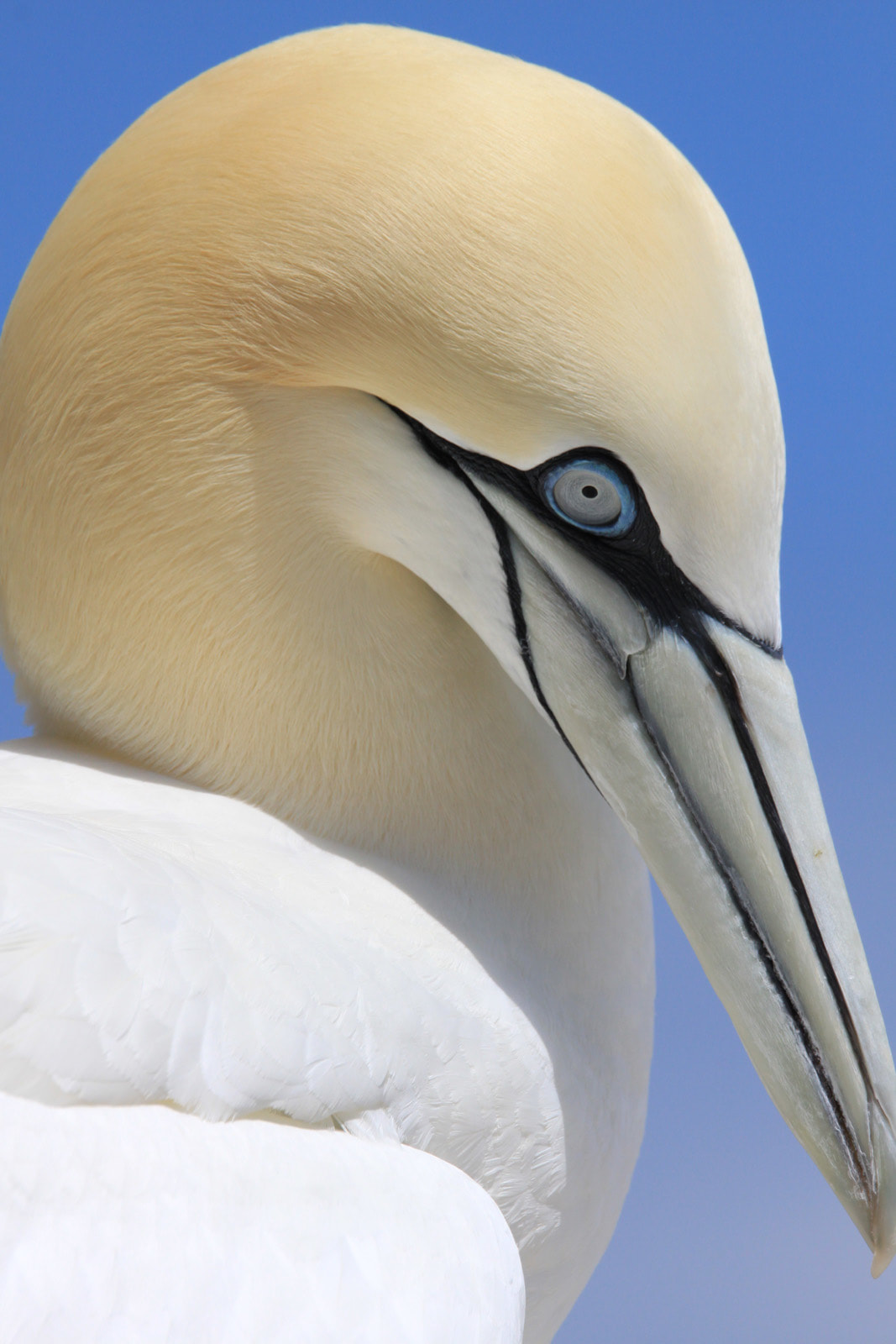
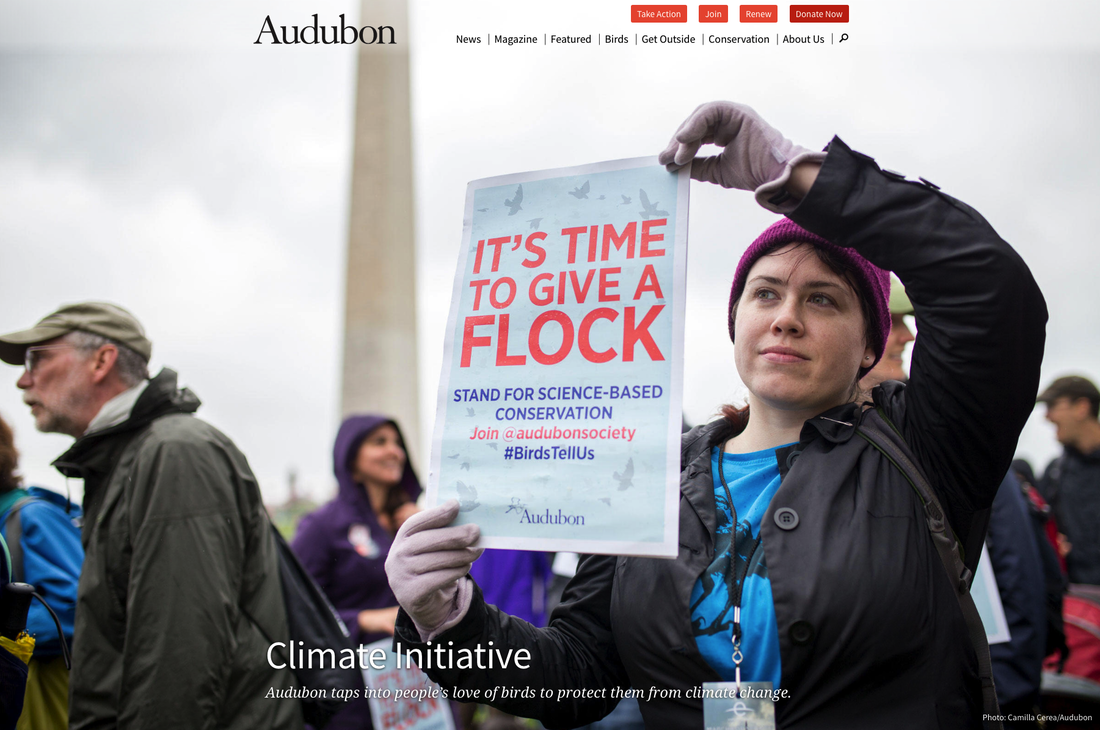

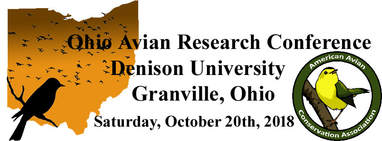






 RSS Feed
RSS Feed

